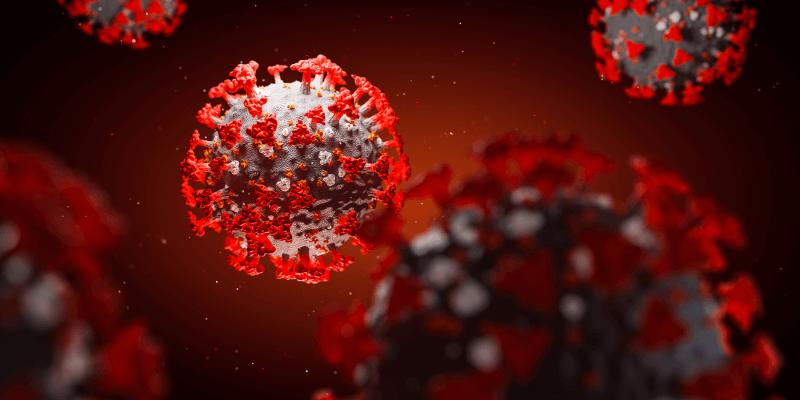What is Coronavirus (COVID-19)?
Coronavirus is a genus of viruses that includes over 60 family members. These viruses are responsible for the majority of cold sores and fever blisters that affect humans. It is important to understand what is Coronavirus in order to prevent passing this disease to others. In this article, we will look at the symptoms, prevention, and treatment of Coronavirus.
Coronavirus is caused by a newly introduced viral agent called SARS-1. This virus affects the lungs and causes cilia which cause an allergic reaction in the respiratory tract. People who have a history of asthma, diabetes, and cardiac problems are at higher risk of developing more severe complications from CO-VID-19 virus. It is important to note that cilia are not necessarily present in all individuals with respiratory illness and cannot be used as a measure of prevention against Cvorconazole, which is the main ingredient in over the counter treatment for C Vid.
The treatment of Coronavirus is based on clinical trial data. There are no guidelines published by the scientific community on the definition, cause, and treatment of Coronaviruses. Currently, the disease has four classifications according to the United States Pharmacopoeia (USP). These are: Coronaviruses fibrous, Non-Cavus, Cascaris-renticella, and Rett syndrome. All of these viruses share common symptoms and signs, which include fever, cough, sore throat, night sweats, headache, loss of appetite, fatigue, irritability, muscle and joint pain, and moderate to severe body temperature changes.

Because the virus can affect any part of the body, patients who show symptoms should be seen by a physician. Only once these symptoms are confirmed should patients begin seeking methods to try to
prevent transmission of the virus. This is a very important aspect of the treatment process, especially for pregnant women, children, or people infected with other strains of the virus. Women may be advised to avoid having intercourse while they are pregnant, unless they use a condom. Children may also be instructed to abstain from sex until they are five years old or older. Couples should also be aware of secondary contact, which can occur if one partner is diagnosed with Cvorconazole.
People who become infected with the virus experience flu-like symptoms such as fever, headache, lethargy, and the malaise, or rigor or difficulty breathing. These symptoms usually last for two to five days. Occasionally, patients experience more severe respiratory symptoms, such as pneumonia, chronic cough, or acute wheezing. People who are infected with Cvorconazole are also at risk for opportunistic infections, such as strep throat.
If symptoms of the new coronavirus spread to the other parts of the body, this will trigger a different set of symptoms. However, the disease will not spread from person to person during this stage. So, the virus cannot change from a normal to a new form and can only mutate in the specific way it was originally spreading.
This means that the usual methods for preventing the spread of the virus, such as daily exposure to cigarette smoke, can do nothing to keep the disease from spreading from person to person. Because of this, doctors are now recommending that people with symptoms, visit their doctor before engaging in sexual activity. A person can infect someone else by having sex with an infected person if the latter has not had adequate treatment for the current outbreak. Once the primary bacteria is back in full force, it will be able to move from the respiratory system to the gastrointestinal tract and then to the bloodstream. If it spreads past this point, it is impossible to control it without the help of modern medicines, but it is not likely to spread to organs other than the respiratory system, such as the liver.
If you think that you have contracted the virus, then the first step is to consult your doctor. After diagnosis, your doctor will be able to recommend an effective course of treatment and will help you through the process of getting better. The first symptoms will generally begin to show within seven days of being infected, but it is possible for them to show up later. The common symptoms of Coronavirus include: shortness of breath, fever, headache, muscle aches, nausea, vomiting, and stomach pain.







